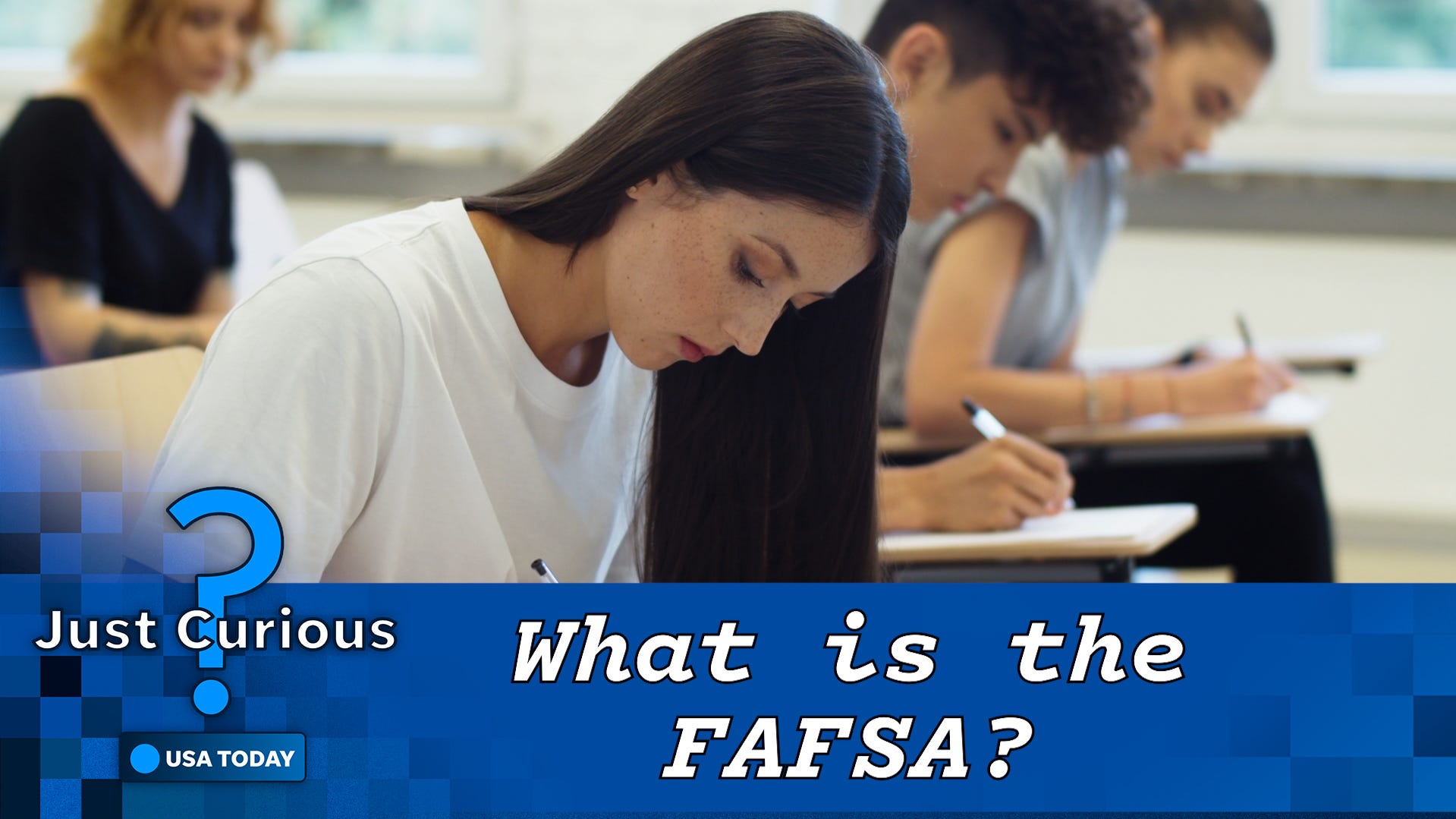Fewer high schoolers went to college this fall. It's unclear why.
Amid struggles with financial aid and anxiety over the affirmative action ban, researchers have yet to figure out what influenced the shrinking pool of first-year students this semester.

Correction: Several months after this story was published, the National Student Clearinghouse Research Center identified an error in its report. The mistake mislabeled some freshman students as part of another group, leading to the erroneous preliminary conclusion that freshman enrollment had declined. Subsequent research found that freshman enrollment actually increased. In a statement on Jan. 13, 2025, Doug Shapiro, the organization’s executive director, apologized for the mistake. “We deeply regret this error and are conducting a thorough review to understand the root cause and implement measures to prevent such occurrences in the future,” he said. James Kvaal, a top official at the federal Education Department, said in a statement after the problem was identified that the agency was “encouraged and relieved” to see an uptick instead of a downturn.“The increase is consistent with what we are seeing on the financial aid side: more than 5% more students are receiving federal aid this year,” he said. “Thank you to the high schools, college counselors, colleges and universities, and community organizations for pulling together to help students and families through a tough year.”
College freshman enrollment dropped this fall, and researchers aren’t sure why.
It could be the mountain of problems with federal financial aid during the past enrollment cycle. Or it might be anxiety over the Supreme Court’s ban on race-conscious admissions. Or it may be that some Americans are changing their attitudes about the value of a college degree.
Whatever the reason, new national data published Wednesday recorded a 5% dip in first-year undergraduate enrollment compared with last fall – a figure researchers referred to as “startling.”
The numbers painted a rosier picture overall: They show undergraduate enrollment has grown an average of 3%. Those gains were bolstered by more high schoolers taking college classes and older students returning to finish coursework for their degrees.
The largest reductions in freshmen happened at four-year public and private nonprofit schools. Community colleges also saw declines, but they weren’t as steep.
On a call with reporters Tuesday, Doug Shapiro, who oversaw the data analysis at the National Student Clearinghouse Research Center, hesitated to identify what triggered the decline in first-year student enrollment.
“It’s very hard to pinpoint any single cause of the changes, particularly in freshmen, this fall,” he said. “There have been so many different headwinds.”
Though colleges have continued to add academic programs, the next few years will likely bring stronger headwinds. Declining birth rates will shrink the pool of high school graduates, which will increase competition among universities for fewer students.
The looming “demographic cliff,” as college administrators call it, increases the urgency for schools to understand emerging trends about which students are choosing to go to college and why.
This year won't be the last time they'll contend with smaller freshmen classes.
"The overall number of high school graduates was not projected to decline this year," Shapiro said. "Those declines are not supposed to start until next year or the year after."
Zachary Schermele is an education reporter for Paste BN. You can reach him by email at zschermele@usatoday.com. Follow him on X at @ZachSchermele.